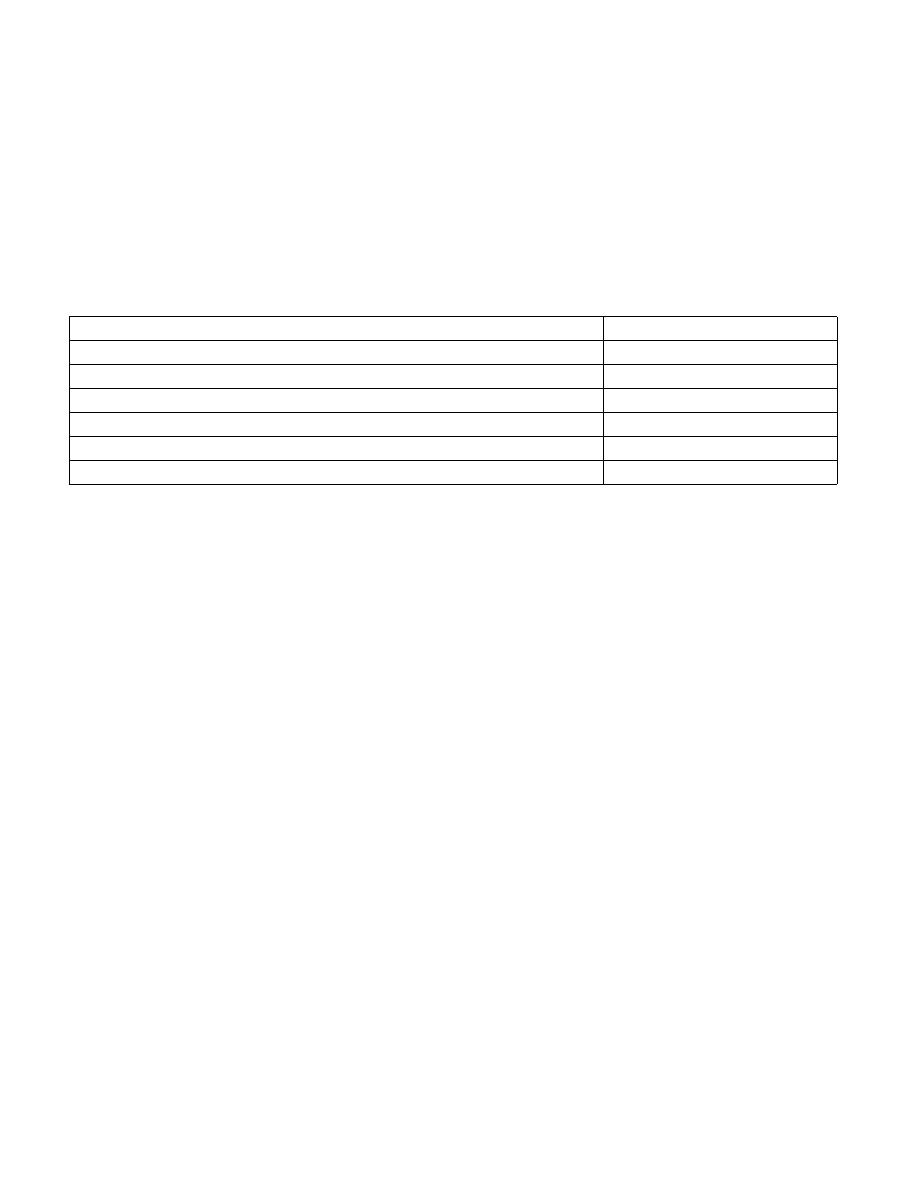
Vol. 3A 6-21
INTERRUPT AND EXCEPTION HANDLING
Interrupt 1—Debug Exception (#DB)
Exception Class
Trap or Fault. The exception handler can distinguish between traps or faults by exam-
ining the contents of DR6 and the other debug registers.
Description
Indicates that one or more of several debug-exception conditions has been detected. Whether the exception is a
fault or a trap depends on the condition (see Table 6-3). See Chapter 17, “Debug, Branch Profile, TSC, and
Resource Monitoring Features,” for detailed information about the debug exceptions.
Exception Error Code
None. An exception handler can examine the debug registers to determine which condition caused the exception.
Saved Instruction Pointer
Fault — Saved contents of CS and EIP registers point to the instruction that generated the exception.
Trap — Saved contents of CS and EIP registers point to the instruction following the instruction that generated the
exception.
Program State Change
Fault — A program-state change does not accompany the debug exception, because the exception occurs before
the faulting instruction is executed. The program can resume normal execution upon returning from the debug
exception handler.
Trap — A program-state change does accompany the debug exception, because the instruction or task switch being
executed is allowed to complete before the exception is generated. However, the new state of the program is not
corrupted and execution of the program can continue reliably.
Any debug exception inside an RTM region causes a transactional abort and, by default, redirects control flow to the
fallback instruction address. If advanced debugging of RTM transactional regions has been enabled, any transac-
tional abort due to a debug exception instead causes execution to roll back to just before the XBEGIN instruction
and then delivers a #DB. See Section 16.3.7, “RTM-Enabled Debugger Support,” of Intel® 64 and IA-32 Architec-
tures Software Developer’s Manual, Volume 1.
Table 6-3. Debug Exception Conditions and Corresponding Exception Classes
Exception Condition
Exception Class
Instruction fetch breakpoint
Fault
Data read or write breakpoint
Trap
I/O read or write breakpoint
Trap
General detect condition (in conjunction with in-circuit emulation)
Fault
Single-step
Trap
Task-switch
Trap